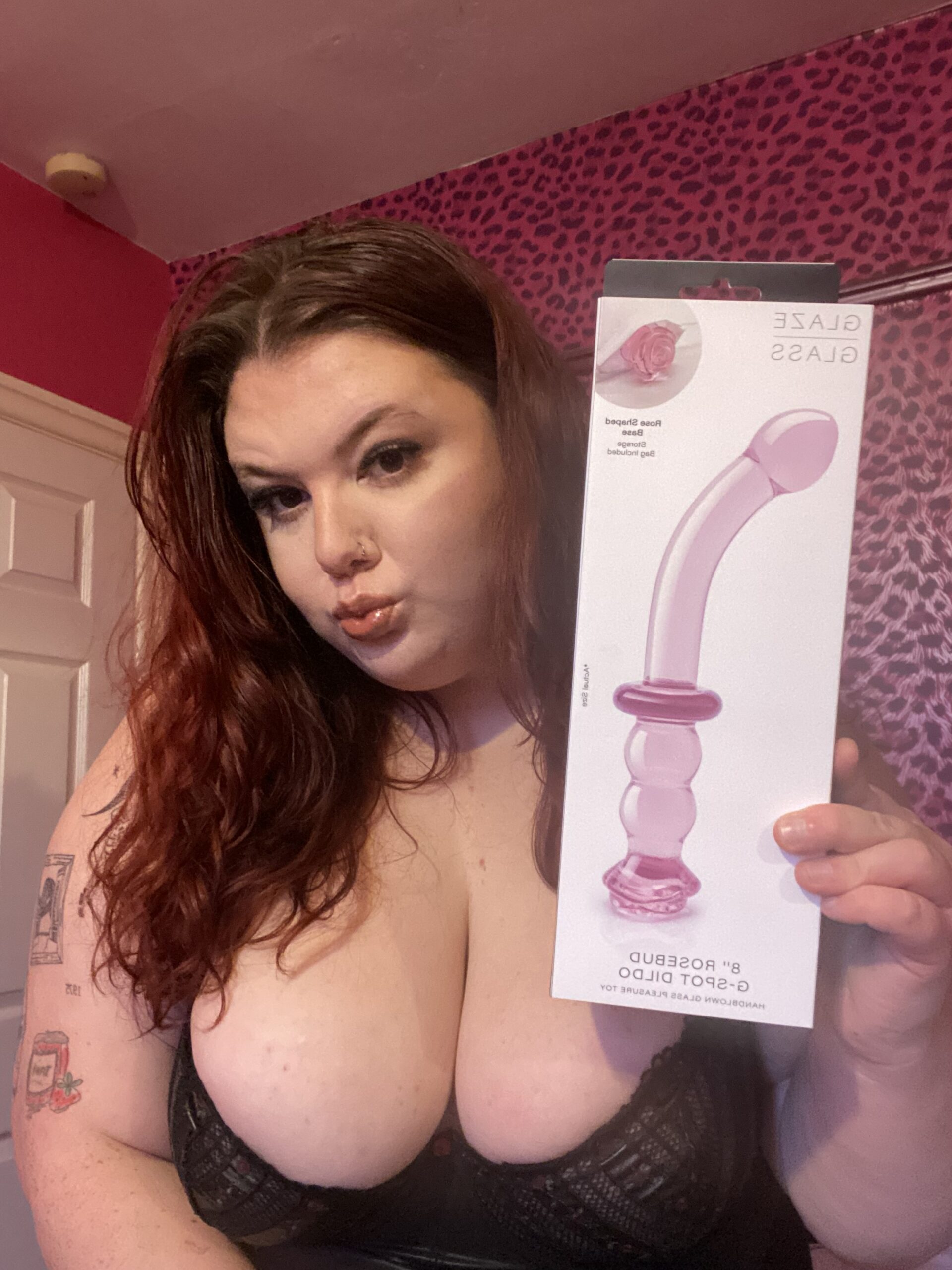Understanding the Gray Area of Situationships

Situationships – those in-between phases that leave you wondering if your feelings are reciprocated, or if it’s all just a tease. A situation where emotions are running high, but clarity is scarce, leaving you stuck in limbo. It can be frustrating, confusing, and downright painful, making it difficult to move forward or close the chapter on this chapter of love. But what exactly defines a situationship, and how do you navigate this ambiguous terrain?
A situational relationship is a type of relationship that lacks clear boundaries, commitment, or communication.

A situational relationship can be a confusing and unsettling place to find yourself, where you’re not quite sure what’s going on or where your relationship stands.

This type of relationship often lacks clear boundaries, commitment, or communication, leaving individuals feeling uncertain, frustrated, and unsure of how to navigate the situation. The gray area that defines a situational relationship can be both tantalizing and terrifying, making it difficult to discern whether the connection is romantic, platonic, or something in between.
One of the primary challenges of dealing with a situational relationship is trying to pin down what’s really happening. Are you just friends? Is there a deeper connection that neither party wants to acknowledge? The lack of clear communication can lead to feelings of ambiguity, confusion, and uncertainty, making it hard to know whether to invest time and emotions into the relationship or to pull away.

Another issue in situational relationships is the blurred lines between emotional involvement and physical intimacy. Without clear boundaries, it’s easy to get caught up in the excitement and passion of a new connection without fully considering the potential long-term consequences. This can lead to feelings of guilt, shame, or regret when the relationship inevitably ends or becomes stagnant.
Understanding the gray area of situational relationships requires a certain level of emotional intelligence, self-awareness, and boundaries. It’s essential to take a step back, assess the situation, and consider your own needs and feelings before investing too much time or energy into the relationship. By recognizing the characteristics of a situational relationship and taking proactive steps to establish clear communication and boundaries, you can navigate this complex terrain with greater confidence and clarity.
– No labels or titles are used (e.g., boyfriend/girlfriend, partner)
– Communication is infrequent or inconsistent
– Emotional investment is unclear
Situationships can be a particularly confusing and frustrating state, where the lines between commitment and casual dating are blurred. When communication is infrequent or inconsistent, it’s easy to become lost in the gray area. Emotional investment is unclear, making it difficult to determine whether you’re just hanging out with someone casually or if there’s something more developing.
In a situational relationship, both parties may be invested emotionally, but neither is willing to label their feelings or commit to anything concrete. This can lead to a sense of limbo, where one person may feel like they’re waiting for the other to make a move, while the other person is content with the status quo.
So, how do you navigate this relationship gray area? The key is to be aware of your own emotions and boundaries. Ask yourself why you’re sticking around: are you genuinely interested in getting to know this person better, or are you holding onto hope that they’ll eventually commit to something more?
- Pay attention to the little things: Do you find yourself going out of your way to make time for this person, even when it’s inconvenient? Or do you tend to brush off their advances or disappear without explanation?
- Evaluate the emotional labor: Are you the one always initiating conversations, plans, and dates, or are they consistently canceling at the last minute or avoiding discussions about the future?
- Watch for inconsistencies in their behavior: Do they consistently show up when they say they will, follow through on commitments, and communicate openly with you, or do they frequently flake or dodge conversations about the relationship?
Ultimately, navigating a situational relationship requires clarity, self-awareness, and possibly a healthy dose of skepticism. By paying attention to these signs and being honest with yourself about your feelings and boundaries, you can make an informed decision about whether this person is someone worth investing time and emotions in.
Navigating the Feelings
Situationships have become an increasingly common phenomenon in modern dating, leaving individuals feeling uncertain and conflicted about their relationship status. A situation where two people are emotionally invested in each other, but not fully committed or defined as a couple, can be a challenging and confusing state to navigate.
Recognize that you’re feeling uncertain and unsure about the relationship status.
Situationships can be a challenging and confusing state to navigate, especially when it comes to your emotional well-being. Feeling uncertain and unsure about the relationship status is normal in these situations. It’s essential to acknowledge and accept these emotions rather than suppressing or denying them.
Start by recognizing that being in a situational relationship often means there are mixed signals, unclear communication, or unresolved issues. This can lead to feelings of confusion, insecurity, and frustration. Acknowledge that your emotions are valid and it’s okay to feel the way you do.
It may help to take some time for self-reflection. Ask yourself questions like “What am I feeling about this relationship?”, “What are my deal-breakers?”, and “What do I hope to get out of this situation?”. Be honest with yourself, and try to identify patterns or themes in your thoughts and emotions.
Once you have a better understanding of your feelings, it’s time to communicate with the other person. Approach the conversation with an open mind and avoid jumping to conclusions. Ask them about their feelings, intentions, and expectations, and listen actively to what they say.
Remember that navigating a situational relationship is not a straightforward process. It may take time, effort, and patience to get to the bottom of things. Be prepared for uncertainty and flexibility, and prioritize your emotional well-being above all else.
Take an honest look at your emotions: do you feel like you’re “hanging on” or waiting for something to happen?
– Are you experiencing strong attraction, affection, or attachment?
Navigating the feelings in a situational relationship can be incredibly challenging, often leaving one wondering if they’re truly “in” or just hanging on for emotional sustenance. It’s essential to take an honest look at your emotions and assess whether you’re feeling strong attraction, affection, or attachment towards the other person.
Do you find yourself constantly thinking about this individual, hoping to get some sort of acknowledgment or closure? Or do you feel a deep emotional connection that you can’t quite put into words? Understanding the nuances of your emotions is crucial in determining the right course of action.
Maybe you’re experiencing a sense of uncertainty, feeling neither fully invested nor entirely disconnected from this person. Recognizing these feelings is the first step towards breaking free from the grey area and making progress towards clarity.
Take time to reflect on your emotional state and consider what’s driving your behavior in this situation. Are you seeking comfort, a sense of security, or something more? Identifying the root cause of your emotions can help you address any underlying needs or desires that may be contributing to your prolonged attachment.
Ultimately, navigating these complex emotions requires self-awareness, patience, and sometimes, courage. By taking an honest look at your feelings, you’ll be better equipped to make informed decisions about how to move forward – whether that means setting boundaries, seeking closure, or letting go of the uncertainty altogether.
Assessing the Relationship Dynamics
Situationships can be a tricky and confusing place to find yourself in. You may have feelings for someone, but you’re not sure if they feel the same way. Maybe you’re hanging out regularly, sharing moments and milestones, but there’s still no clear label or commitment. Whether it’s with a friend, family member, or romantic partner, navigating these unclear relationship dynamics can be frustrating and disorienting.
Analyze how the two individuals communicate: are they open, honest, and respectful?
When examining relationship dynamics, assessing how individuals communicate can reveal valuable insights into the state of their partnership. Openness, honesty, and respect are essential components of healthy communication in any relationship. In a situational one, where the lines between romance and friendship are blurred, effective communication is crucial for navigating this gray area.
One indicator of a positive communication dynamic is active listening. Are both parties engaged in the conversation, making an effort to understand each other’s perspectives? Or do they tend to dominate the conversation with their own thoughts and opinions, leaving little room for the other person to contribute? In a healthy relationship, individuals should strive to create space for each other’s voices to be heard.
Respectful communication is also vital in any relationship. Are both parties willing to engage in constructive debates and disagreements, or do they avoid discussing sensitive topics altogether? Healthy relationships involve learning from each other’s differences, even when it’s challenging.
Additionally, being open about one’s feelings and desires can help create a deeper understanding between partners. Are individuals willing to express their emotions and vulnerabilities with each other, or do they tend to hide behind masks of indifference or affection? In a relationship where the boundaries are unclear, openness becomes even more essential in avoiding miscommunication.
Finally, observing whether both parties use “I” statements instead of “you” statements can also indicate a healthy communication dynamic. Individuals who express their thoughts and feelings using “I” statements tend to avoid blame and defensiveness, creating a safer space for honest dialogue.
Ultimately, the quality of communication in a situational relationship speaks volumes about its potential for growth and development. By examining how individuals communicate with each other, one can gain a deeper understanding of the underlying dynamics at play – and perhaps even identify areas where improvement is needed to create a more fulfilling partnership.
Consider what boundaries are established (or not) in terms of physical affection, emotional intimacy, or shared responsibilities.
– What expectations do you have for the relationship’s progression or future?
Assessing the relationship dynamics involves evaluating the boundaries that have been established, or not, in terms of physical affection, emotional intimacy, and shared responsibilities. A situational relationship can be challenging to navigate because it often lacks clear definitions or labels. In such a situation, individuals may find themselves wondering where they stand with their partner or whether the relationship is progressing towards a more committed future.
Physical boundaries are often the first aspect of a relationship to be established or not. Physical affection, such as holding hands, kissing, or intimate encounters, can give insight into the level of emotional connection and comfort between partners. However, some situational relationships may maintain a platonic physical presence without necessarily indicating a deeper emotional investment.
Emotional intimacy is another crucial aspect to consider when evaluating relationship dynamics. Sharing personal thoughts, feelings, and desires with one’s partner can indicate a strong bond. However, in a situational relationship, partners might share only superficially or reserve their more intimate emotions for others. This discrepancy between physical and emotional proximity can create tension or confusion.
Shared responsibilities also play a vital role in establishing the nature of a relationship. Couples who work together on tasks or projects often develop a deeper level of trust and understanding, which can be a precursor to more committed relationships. In contrast, partners who do not share responsibilities might struggle with feelings of inadequacy or lack of contribution.
Expectations for the relationship’s progression or future are essential in navigating a situational relationship. Individuals should communicate openly about their desires, needs, and boundaries to avoid misunderstandings. It is also crucial to recognize that some relationships may not progress towards a more committed future, and it’s essential to accept this reality and move forward with closure.
Ultimately, understanding the dynamics of a situational relationship requires patience, open communication, and self-reflection. By assessing boundaries, emotional intimacy, shared responsibilities, and expectations, individuals can gain clarity on the nature of their relationship and make informed decisions about its future.
Deciding on Next Steps
Situationships can be a notoriously tricky and confusing place to find yourself in, where the boundaries between friendship and romance are unclear, or when feelings for someone are present, but not fully acknowledged. It’s as if you’re stuck in limbo, unsure of what the future holds or how to navigate your emotions and expectations.
Acknowledge that it’s okay to accept that a relationship might not be meant to be.
When deciding on next steps, it’s essential to acknowledge that it’s okay to accept that a relationship might not be meant to be. This can be a difficult pill to swallow, especially if you’ve invested time and emotions into the situation.
Navigating the gray area of a situationship requires honesty with yourself. Ask questions like: What are my deal-breakers in a relationship? Am I comfortable with the uncertainty of our current situation? What are my non-negotiables?
Take some time to reflect on your feelings and desires. Are you holding onto hope that things will change, or are you genuinely interested in seeing where this relationship goes? It’s crucial to be honest with yourself about whether you’re staying in the relationship out of fear, convenience, or a genuine connection.
If you decide that the relationship isn’t meant to be, it’s okay to acknowledge your feelings and move on. You can choose to focus on personal growth, new experiences, and building connections that are healthier for you. This newfound clarity will help you navigate future relationships with increased confidence and self-awareness.
Accepting the end of a relationship doesn’t mean you’re any less worthy of love or connection in the future. In fact, it can be a liberating experience that allows you to explore new possibilities and relationships on your own terms.
Ultimately, deciding on next steps requires a deep understanding of yourself and what you want from life. By acknowledging that it’s okay to accept that a relationship might not be meant to be, you’ll be better equipped to navigate the complexities of relationships and focus on building a fulfilling life that aligns with your values and goals.
If you’re willing to invest time, effort, and emotional energy into the relationship, ask yourself:
– Are there clear signs of mutual interest or commitment from both parties?
– Can you envision a future together, with realistic expectations for growth and development?
To decide on next steps, take a step back and assess the relationship for its potential to grow and evolve alongside you.
Ask yourself if there are clear signs of mutual interest or commitment from both parties.
Consider whether you can envision a future together, with realistic expectations for growth and development.
Reflect on your own emotional readiness for this relationship and the level of effort required to make it work.
Consider the potential risks and challenges that may arise in the relationship and whether they align with your personal values and goals.
Evaluate whether the relationship is aligned with your long-term aspirations and lifestyle, or if it’s a stepping stone to something more substantial.
Ultimately, deciding on next steps requires a honest assessment of the relationship’s potential and your own emotional investment. By taking the time to consider these factors, you can make an informed decision about whether to proceed or reevaluate the relationship.
Shop Zado BDSM gear for intense and exciting restraint play at Peaches and Screams Shop Steel Power Tools for intense and dynamic pleasure at Peaches and Screams Shop masturbation lubes for self-pleasure at Peaches and Screams Shop Pharmaquests products for health-conscious and safe intimacy at Peaches and Screams Explore bondage gear at Peaches and Screams Explore fetish catsuits for daring and seductive outfits at Peaches and Screams
Alkhemist LA The Lady London Goonie Yoga and Therapy Bend and Blossom
- What Is The Temporal Filler Technique? - November 26, 2025
- Why Does Filler Migrate Above Lip - November 11, 2025
- What Is The Best Skin Booster For Smokers Lines? - November 10, 2025
